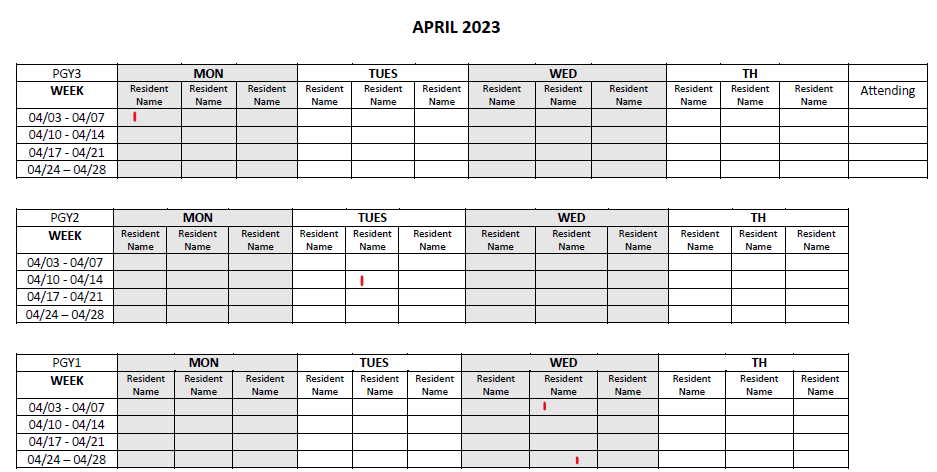Quality Improvement/Patient Safety
Session: Quality Improvement/Patient Safety 5
33 - Improving resident adherence to Reach Out and Read project: our experience
Monday, May 6, 2024
9:30 AM - 11:30 AM ET
Poster Number: 33
Publication Number: 33.3250
Publication Number: 33.3250

Caren Ishikawa, MD (she/her/hers)
Second year Pediatric resident
Nemours Children's Hospital
Orlando, Florida, United States
Presenting Author(s)
Background: Reach Out and Read (ROR) is an evidence-based primary care literacy promotion program implemented nationwide. At Nemours Children’s Health (NCH) in Orlando, the program was implemented in 2020 for patients aged 6 months to 5 years. Our initial data demonstrated 50% of eligible children were receiving a book.
Objective: Our aim is to reach at least 80% of eligible children.
Design/Methods: We used quality improvement (QI) methodology with the four-step model of PDSA cycles - plan, do, study, act. In June 2022, we focused on the evidence-based education of the residents about ROR. The second cycle in December 2022 targeted resident accountability. The number of books given was switched from a monthly calendar to a table with resident names (Figure 1). In addition, residents excelling at book distribution were recognized monthly by email. The third cycle in April 2023 standardized the inventory process to improve the accuracy of records and determine discrepancies based on individual user error between providers.
Results: Data analysis showed consistent improvement for four months following ROR training, with providers distributing books at 80% of well-child visits (Figure 2). After the second cycle, for the first time since its inception, the program reached 100% distribution. However, as adherence dropped, a concern for user variability in calculating inventory arose. Thus, the process was standardized. We observed better adherence than prior to the initiation of the QI project but are not yet at goal. ROR program is associated with improvement in language development, pediatric care compliance, pediatrician well-being, and family satisfaction. Thus, our aim was to continue to have vigorous engagement in the program. Training new members and retraining present members has had good but short-lived effects. Recognition of discretionary effort as a source of gratification likewise had excellent effects on provider behavior and adherence, consistent with the literature, but the changes did not seem persistent.
Conclusion(s): Recognition is one factor that can help with adherence to a program. We found that monthly recognition has a significant but short-lived impact on resident behavior. A possibility remains that outward recognition, compared to a physical or tangible incentive, is less effective. Furthermore, our efforts have focused exclusively on positive reinforcement. In the next PDSA cycle, we will continue to evolve our positive reinforcement and develop an approach to encourage and provide constructive criticism to residents with limited or poor participation.


